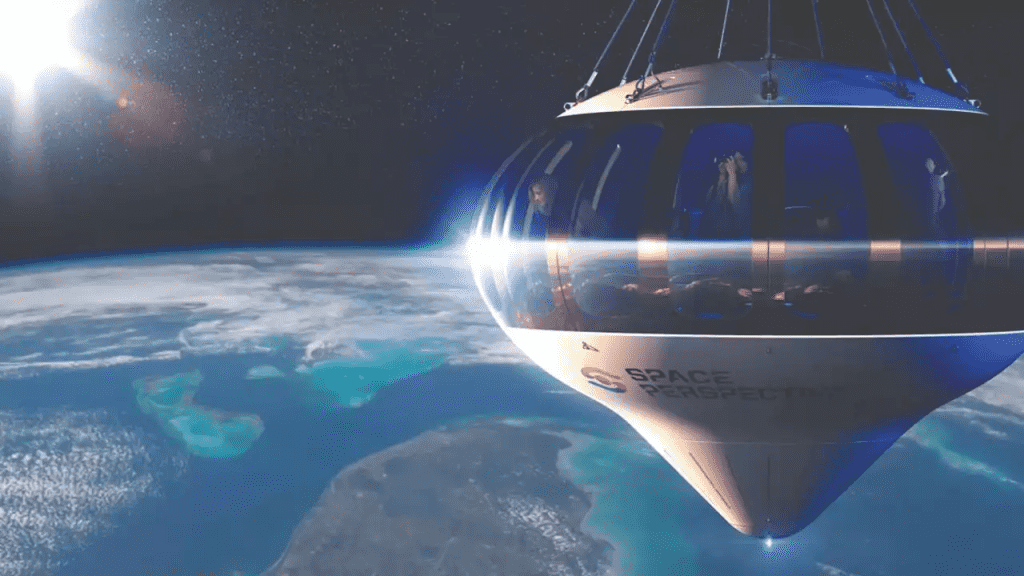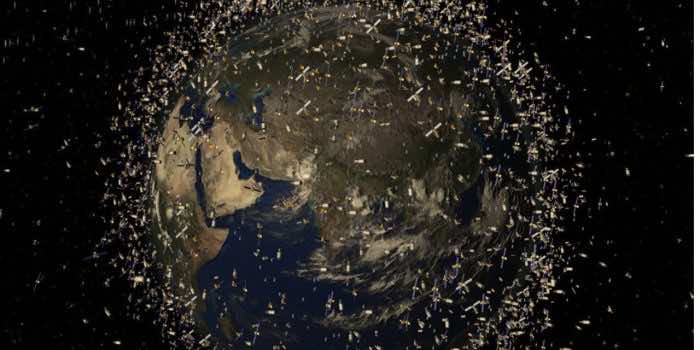The US Defense Advanced Research Projects Agency (DARPA) will send satellite satellites “where people send their spacecraft to die.”
According to Bloomberg, the Pentagon’s research and development branch is reportedly considering satellite benefits at a distance that most space firms try to avoid.
There is a gap in development because businesses cannot launch the same spacecraft in “very low Earth orbit,” or VLEO, as they can in other orbits.
DARPA defines very low Earth orbit as anything less than 450 kilometers in altitude. Quilty Analytics senior analyst Caleb Henry says the lower limit is roughly 200 kilometers. However, he went on to say that there is no clear cutoff point.

According to DARPA, advantages of the VLEO’s proximity to Earth include enhanced image capacity and accurate geographic positioning systems. In addition, if sensors and cameras perform better at lower altitudes, DARPA is looking for spacecraft that can fly closer to “low Earth orbit.”
On November 7, a secretive gathering for potential Daedalus program vendors will probably provide more details about the agency’s goals for its three-phase research and development contract.
Daedalus is planned to continue for 51 months involving multiple awards using accelerated “other transaction” power. OTA procurement enables agencies to support R&D activities and purchase certain goods and services more quickly than would be allowed under conventional federal acquisition regulations.
According to DARPA, radiation damage and collisions with orbital debris are less of a threat to satellites in low-Earth orbit (LEO). However, operating in VLEO presents various difficulties, including increased drag and the effects of atmospheric oxygen.

Another potentially deadly impediment to satellite movement is the Earth’s atmosphere. To combat aerodynamic drag and prevent spacecraft from slowing down and de-orbiting, a certain quantity of propulsion, or fuel, is needed.
“Whatever fuel they need, they’ll need to carry a lot of it,” said Bonnie Triezenberg, senior engineer at RAND, an American nonprofit global policy think tank.
According to Triezenberg, storing and burning fuel costs would become a concern only if space industries figured out how to achieve propulsion in such an atmosphere.
Current satellite sensors and equipment are not designed to operate while the thrusters are engaged.
Existing satellites and other spacecraft are composed of materials that can be destroyed by highly reactive atmospheric oxygen, necessitating the development of new materials and processes for prospective VLEO operators.
According to Henry, each item entering a VLEO orbit must be suited for both space and the extremes of Earth’s upper atmosphere.
“Gaining a better understanding of the nature of propulsion, discovering how to travel in an orbit that was formerly thought to be impractical, and using that knowledge to spur future innovation, are exciting benefits for the science of resolving the issues with lower orbit,” according to Triezenberg.


